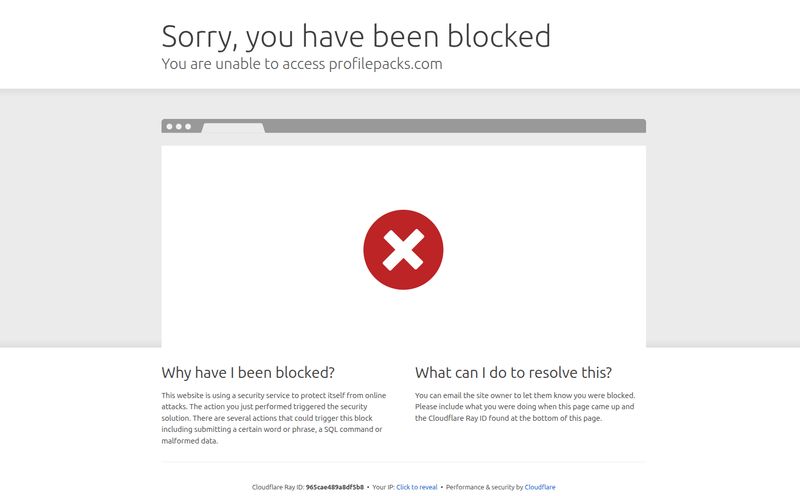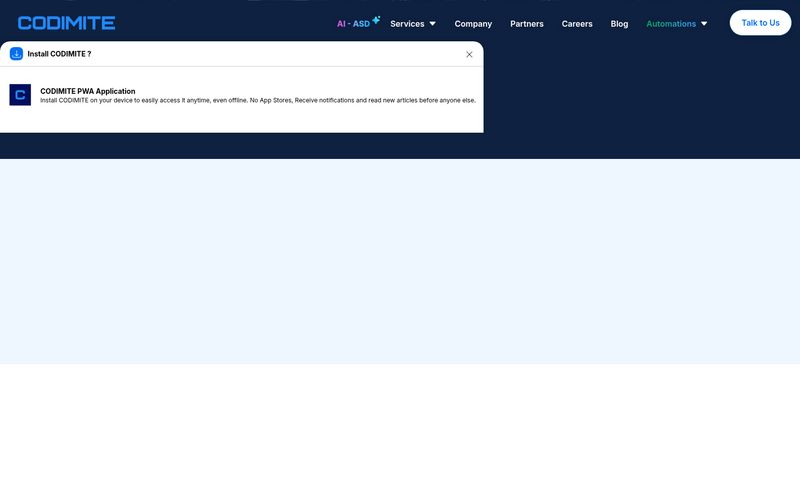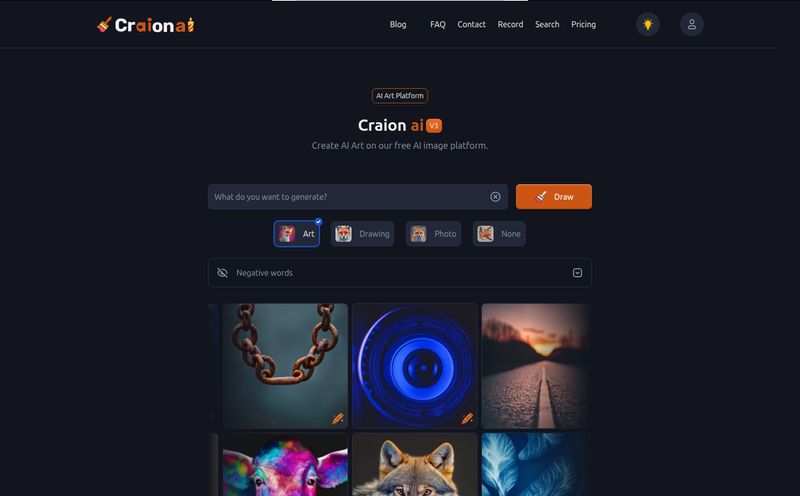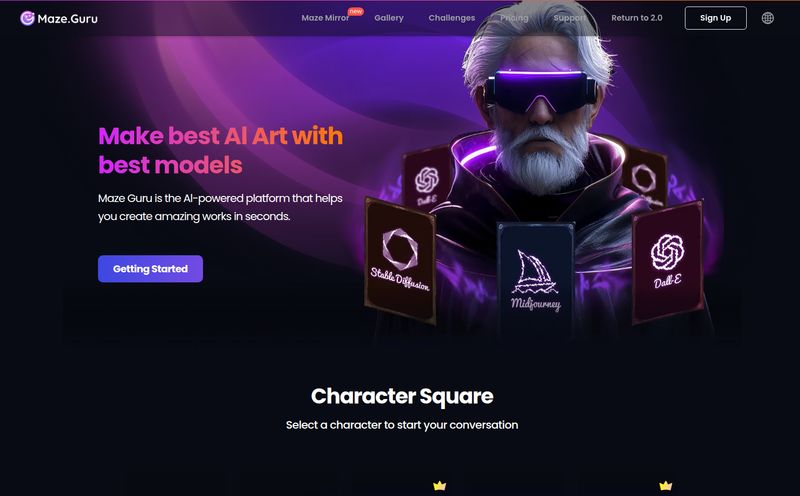The AI space is bonkers right now. Absolutely flooded. Every week there’s a new LLM that promises to change the world, write your emails, and probably walk your dog. And frankly, a lot of it feels… centralized. Locked in. You’re playing in someone else's sandbox, by their rules, on their mega-servers.
Then, every so often, a project pops up that makes you tilt your head and go, "Huh. Now that's different." For me, that project is OpenPeer AI. It’s not just another model; it’s a whole different philosophy on how AI should be built and run.
At its heart, OpenPeer AI is a decentralized AI platform. Instead of one giant, expensive brain in a corporate vault, think of it as a global nervous system, borrowing bits of power from all over. It’s built on some really interesting tech—LonScript, Mojo, and the Decentralized-Internet SDK—all sitting on top of a foundation that made me smile with nostalgia: BOINC.
Yeah, that BOINC. If you're an old-school tech head like me, you remember it from projects like SETI@home, where you could donate your computer's idle time to search for extraterrestrial life. OpenPeer is taking that same distributed computing idea and applying it to the biggest challenge of our time: building smart, safe, and accessible AI.
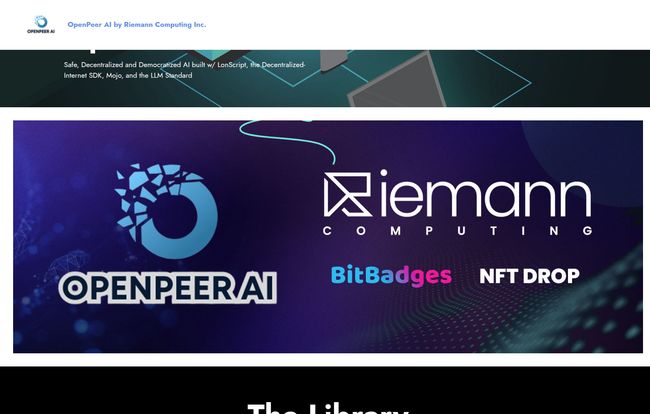
Visit OpenPeer AI
What's the Big Deal with OpenPeer AI?
So, what makes this platform more than just a cool idea? The team at Riemann Computing seems to have built their approach on four solid pillars. This isn't just about throwing tech at a wall and seeing what sticks; there's a clear vision here.
It’s Actually Open Source
In an industry that’s getting surprisingly closed-off, this is a breath of fresh air. OpenPeer AI puts its source code, packages, and modules right out there. This means you’re not just a user; you’re a potential collaborator. You can see how it works, modify it for your own needs, and even run it on your own hardware. No vendor lock-in, no secret sauce. Just transparent, community-driven development. I love that.
Decentralization is More Than a Buzzword
We hear “decentralized” so much it’s almost lost its meaning. But here, it’s fundamental. The architecture is designed to be fault-tolerant. If one part of the network goes down, the rest keeps chugging along. This is huge. It’s what makes the system robust and resilient. They specifically mention it’s perfect for creating “distributed tensors for reinforcement learning,” which is a bit of a technical mouthful, but for AI devs, it signals a serious understanding of large-scale AI training challenges.
Built for Compute, Not Hype
One of my biggest pet peeves is inefficient software. OpenPeer seems to share that sentiment. Their whole design philosophy is centered around minimizing computation time. From the design structures to the modular components, everything is built to be lean and fast. It’s an engineering-first approach, focusing on logical regression and an efficient “end-flow.” It’s less about the flashy demo and more about the raw performance, which is exactly what you need for serious AI work.
AI With a Practical Purpose
This might be the most important part for me. OpenPeer isn’t just trying to build a better search engine indexer or another chatbot. They call their approach “Utility-Oriented AI.” They’re focused on practical applications that deliver real functionality. We're talking about tangible tools for things like diffusion models for generative art, robust AI safety protocols, horizontal scaling for big projects, and even Robotic Process Automations (RPAs). It’s about creating AI that does stuff, not just talks about doing stuff.
A Quick Peek Under the Hood
You don't need to be a hardcore developer to appreciate the stack here, but it’s worth a mention. The use of Mojo is particularly interesting. It's a newer programming language designed specifically for AI developers, promising the ease of Python with the performance of C++. It shows the team is forward-thinking and not afraid to adopt new tools for a competitive edge.
The foundation, as mentioned, is BOINC (Berkeley Open Infrastructure for Network Computing). This is the magic that allows them to tap into a global network of distributed computing resources. It’s proven, stable, and has been powering massive scientific projects for decades. Building on this is a super smart move—it saves them from reinventing the wheel and gives the project immediate credibility in the distributed computing space.
LonScript and the Decentralized-Internet SDK are the glue that holds it all together, creating a secure and structured environment for this new kind of AI development.
The Elephant in the Room: It's Still Under Construction
Alright, let's pump the brakes a little. Before you rush off to move your entire AI workload to OpenPeer, there's a catch. The platform is still very much under development. It hasn't had a full public release yet.
When I was poking around their site, I clicked on a GitHub link and was met with the infamous '404 File not found' page. And you know what? That felt... authentic. It’s a real-time glimpse into a project that’s being built as we speak. This isn’t a flaw; it's a reality of cutting-edge development. It means there’s a learning curve, and you’ll need some familiarity with their chosen technologies to get involved.
They’re aware of this, of course. The site mentions an upcoming NFT Drop to get updates on the release. It's a modern way to build a community and keep early adopters in the loop. So, while you can't use it for production today, you can certainly get on the ground floor.
Who Is This For and How Much Will It Cost?
Given its nature, OpenPeer AI is shaping up to be a playground for a specific crowd: AI developers who are tired of walled gardens, researchers who need massive, affordable computing power, and businesses looking to build bespoke AI solutions without being tied to a single major provider.
As for the price? That’s the million-dollar question. Currently, there’s no pricing information available. This is pretty standard for a platform in its pre-release phase. I'd speculate that they might go for a utility-based model, where you pay for the compute you use, or perhaps a token-based system to reward participants in the decentralized network. For now, we'll have to wait and see. The open source nature suggests that self-hosting might always be a free (as in beer) option, if you have the hardware and know-how.
Frequently Asked Questions about OpenPeer AI
What exactly is OpenPeer AI?
OpenPeer AI is a decentralized, open-source platform designed for developing and running artificial intelligence applications. It uses a network of distributed computers (via BOINC) to provide scalable and efficient computing power, focusing on practical, utility-oriented AI solutions.
Is OpenPeer AI free to use?
Since the platform is still under development, official pricing has not been announced. However, because it is open source, it's likely that developers will be able to run the software on their own infrastructure for free. There will probably be a cost associated with using the broader decentralized compute network.
What makes OpenPeer AI different from platforms like OpenAI or Google AI?
The main differences are its decentralized and open-source nature. Unlike centralized platforms that run on proprietary corporate servers, OpenPeer AI is distributed across a network of independent computers. This offers greater transparency, fault tolerance, and potentially lower costs, while avoiding vendor lock-in.
What is BOINC and why is it important for OpenPeer AI?
BOINC is a well-established platform for volunteer computing. It allows OpenPeer AI to harness the unused processing power of thousands of computers around the world. This is the foundational technology that makes its decentralized compute network possible.
Can I contribute to the OpenPeer AI project?
Yes, because it’s an open-source project. While it's still in early development, the best way to get involved is to follow their official announcements (like the NFT drop mentioned on their site) and check their official repositories on platforms like GitHub for contribution guidelines once they are more widely available.
What are some potential use cases for OpenPeer AI?
The platform is designed for a range of practical applications, including training complex diffusion models for generative art, implementing AI safety and safeguard systems, large-scale horizontal scaling for massive datasets, and developing Robotic Process Automations (RPAs) for business workflows.
A Promising Glimpse into a Different AI Future
So, where does that leave us? OpenPeer AI is an ambitious, intriguing project that’s taking a road less traveled. It's not for everyone, at least not yet. But for those of us who believe in the power of open source and decentralization, it’s a project to watch very, very closely.
It’s a reminder that there are other ways to build our intelligent future—ways that are more collaborative, more transparent, and maybe, just a little more resilient. I, for one, am excited to see what happens when the 404 pages turn into live code and the community starts building.
References and Sources
- OpenPeer AI Official Website (Note: This is the primary source from the provided images, though the live URL may vary)
- Mojo Programming Language
- BOINC - Berkeley Open Infrastructure for Network Computing
